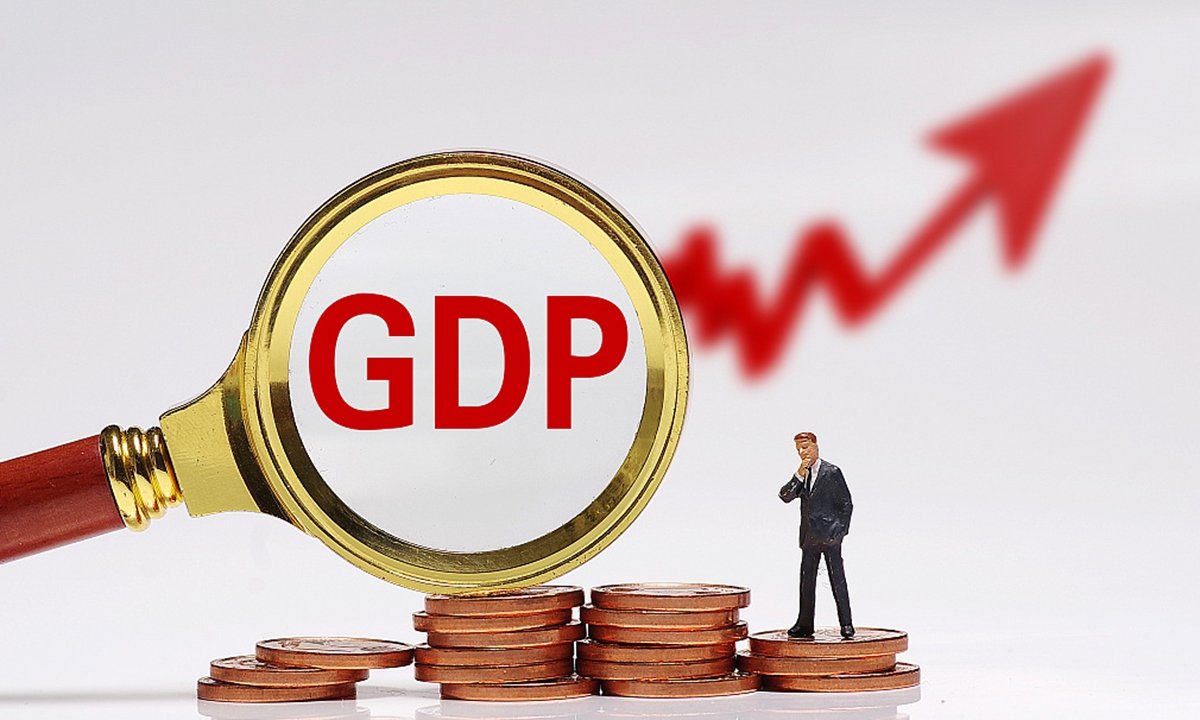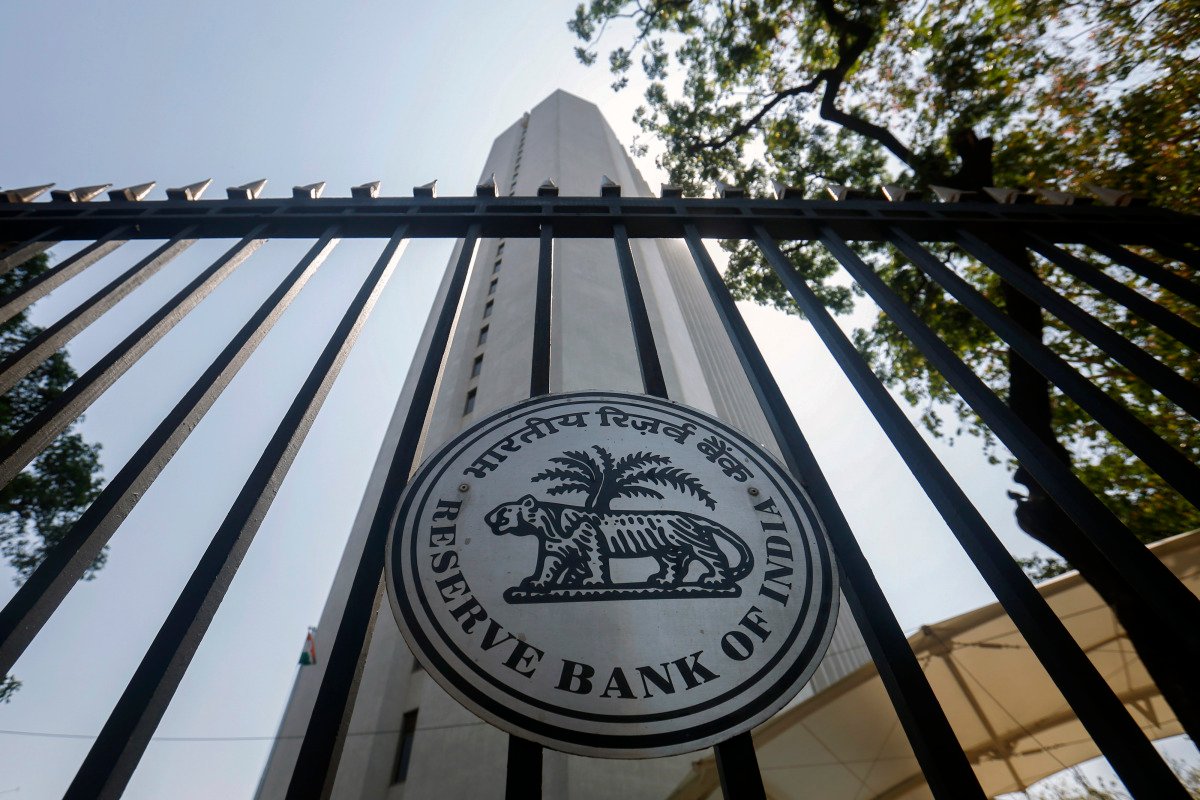Economic indicators help investors and analysts evaluate investment opportunities or complete financial prudence as a whole. From gross domestic product (GDPs) to consumer price indices (CPIs), there are a number of data facts that can help global investors forecast changes in a country’s economy and tactically adjust their profiles.
For example, assume an international investor has created healthy returns over the past few years from Brazilian equities. An investor that tracks the customer price index may notice that inflation is increasing, which means the central bank may agree to hike interest rates. Meaningfully, since interest rate hikes tend to upset equities, the investor may decrease his assets.
The best example is that there are multiple economic indicators that investors should track, so it’s important to be aware of the top ones.
1. Gross Domestic Product

GDP exemplifies the market position and value of all final goods and services formed within a country throughout a given period. The figure is typically given in insignificant and real setups, with real gross domestic products adjusting for changes in economic value. Given its massive range, this indicator is among the most-watched by the financial markets.
The growth of a country’s GDP is a sign of a rising economy, while a reduction in gross domestic products shows a slowdown in a country’s economy. In the meantime, a country’s likely GDP growth rate can be used to control a suitable level of sovereign debt or determine if companies working within the country are likely to experience growth.
2. Employment Indicators

The output and wealth of a country’s citizens are debatably the final determiners of economic achievement. Employment indicators, such as work force, payroll, and redundancy data, estimate how many citizens are working and whether they are making more or less money than before.
The financial markets sensibly watch these employment indicators, specifically in advanced countries that produce most of their income from domestic customer spending. A reduction in employment is often followed by a fall in customer expenditure, which can upset GDP statistics and inclusive economic growth prospects.
3. Consumer Price Index (CPI)

CPI measures changes in the prices of customer goods and services that are purchased by households. The index is an arithmetical estimation created by using prices from a sample of illustrative items collected occasionally. Often times, this amount is used as a scale of inflation, which can certainly or harmfully affect a country’s currency.
The financial markets sensibly watch Consumer Price Index figures for signs of inflation. Increasing inflation can lead to higher interest rates and abridged lending, while reducing it can lead to inferior interest rates and greater lending.
4. Central Bank Minutes

Central banks make monetary policy and exercise important control over a country’s economy. Therefore, the financial markets tend to listen carefully to every word that central bankers utter openly for clues about the future. Central bank minutes are formal announcements that cover valued economic commentary that can indicate future policy action.
In the United States., the Federal Reserve issues what’s called the Beige Book, which covers circumstantial information about current economic situations from each Federal Reserve Bank. Similar notes are released by some other central banks, counting the Bank of Japan, European Central Bank (ECB), and others on a regular or semi-regular agenda.
5. PMI Manufacturing and Services

The Purchasing Managers’ Index (PMI) is an economic indicator established by Markit Group and the Institute for Supply Management. By voting businesses on a monthly basis, the index imitates the purchases of goods and services by purchasing managers. The two most significant surveys are the PMI Manufacturing and PMI Services catalogs.
The financial markets watch the Purchasing Managers’ Index Manufacturing and PMI Services indices as key leading economic indicators because companies stop buying raw materials when demand dry up. This can specify problems in an economy much before other rumors like retail sales or customer spending.












